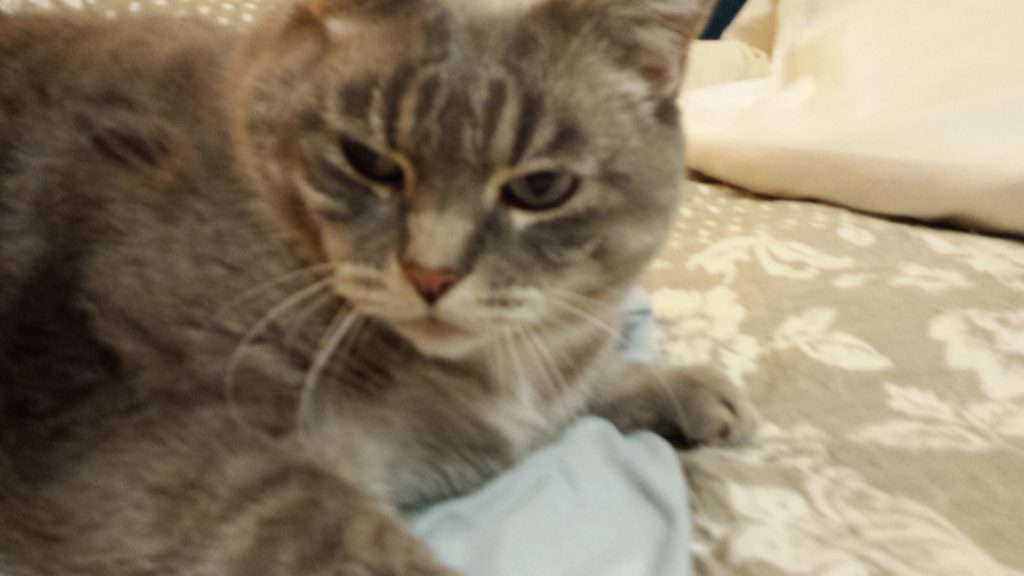
Chase, fight or argument scenes come with what we hope is built-in tension. But how can we maintain that tension in a high-action scene’s aftermath?
Writing Tip for Today: Let’s discuss some ways to keep the tension taut and provide rising action in the scene following a high-action passage, also known as a sequel scene:
What’s a Sequel Scene?
In scene writing, you may already be familiar with sequel, where the POV character first reacts, has a dilemma and then a decision that propels her/him into the next bit of action. On the scenic level, a story usually has a larger sequel scene that provides an aftermath where the POV character makes decisions or regroups after loss. A scene’s sequel usually occurs just after a high-action scene.
One example of a sequel scene might be the scene which follows a scene where there’s lots of action such as a car crash or fight between two characters. After the breathlessness of these high-action scenes, readers are usually ready for a scene with lots of insight into the character’s motivations, decisions or failures. This can also be a plot point, signaling a major change in the character’s approach or attitude.
Sequel scenes are important. They allow readers to delve into the emotional aftermath of the action. The key is emotion. When readers can relate to or identify with what the character is thinking and feeling, they are more liable to stick with the story. A sequel scene gives readers the opportunity to gain insight so that they can continue to care (emotion) about the protagonist’s goal.
Tension Tricks
With a sequel scene’s emphasis on emotion and inner workings, it’s tempting to think nothing happens. Tension will be released if the tension of your character’s inner landscape isn’t at least as great as the action. Many stories also contain subplots that help provide tension to bridge the action scenes.
Popular subplots such as romantic interest, the quest for belonging or acceptance or other motivations can complement the main goal. These types of subplots naturally rise up in sequel scenes. For instance, after the hero loses a battle with the aliens, typically he will think about other failures too—unlucky in love, orphaned or outcast in society.
You can use short sequel scenes to advance this kind of subplot and also keep the tension taut. The heroine can’t battle dragons all the time. Yet in between these action scenes, we must keep the character’s feet to the flame. A subplot sequel scene helps to keep the tension from sagging.

Short Sequel scenes help keep tension taut.
Horse Roundup
A common mistake is to allow the POV character to become passive in this sequel scene or to let the subplot resolve before the climax scene. The expression that after the climax, you “round up all the horses” means that even these subplots don’t get resolved until after the climax.
One reason it’s wise to hold off on a subplot’s outcome is that readers read for different reasons. Some readers will wade through all the action just to get more of the romance subplot (and vice versa). If you tie up loose ends on subplots before the main climax scene, you risk losing these readers and dropping tension too.
One way to keep tension high in a sequel scene is to be sure your POV character doesn’t win too easily. Force this character to earn any ground. Put him into action. Avoid deus ex machina—that is, don’t let someone other than the Main Character solve the problems. In action scenes and sequel scenes, keep tension taut by not allowing easy wins, outside help or too-quick emotional changes. Sequel scenes that highlight tension, emotion and motivation will help you get to the next big action scene.




